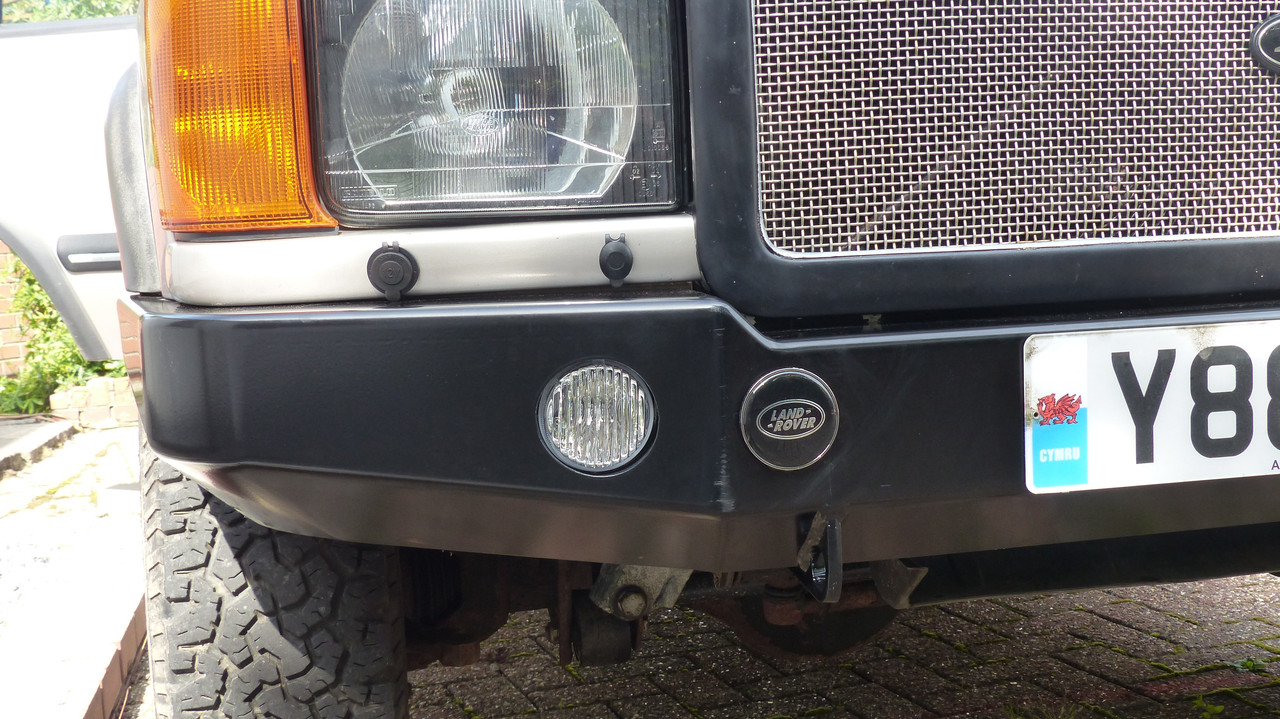- Posts
- 6,015
- Location
- uk
Been using a Ctek mxs 5.0 for about a year now to keep the battery on my puma topped up, normally once a fortnight when it is not used much. Apart from the first time I used it I disconnect the battery leads before charging. Put it on charge today but this time I have left the battery connected to the vehicle, plenty of info on the interweb to say this is ok. But old habits die hard, 50 or so years of making sure the battery is disconnected from the vehicle before charging niggles at the back of my mind. SO the question I have is - has anybody on here had problems with their vehicles electronics by leaving their smart charger connected to the battery which is still connected to the vehicle?
Last edited:

